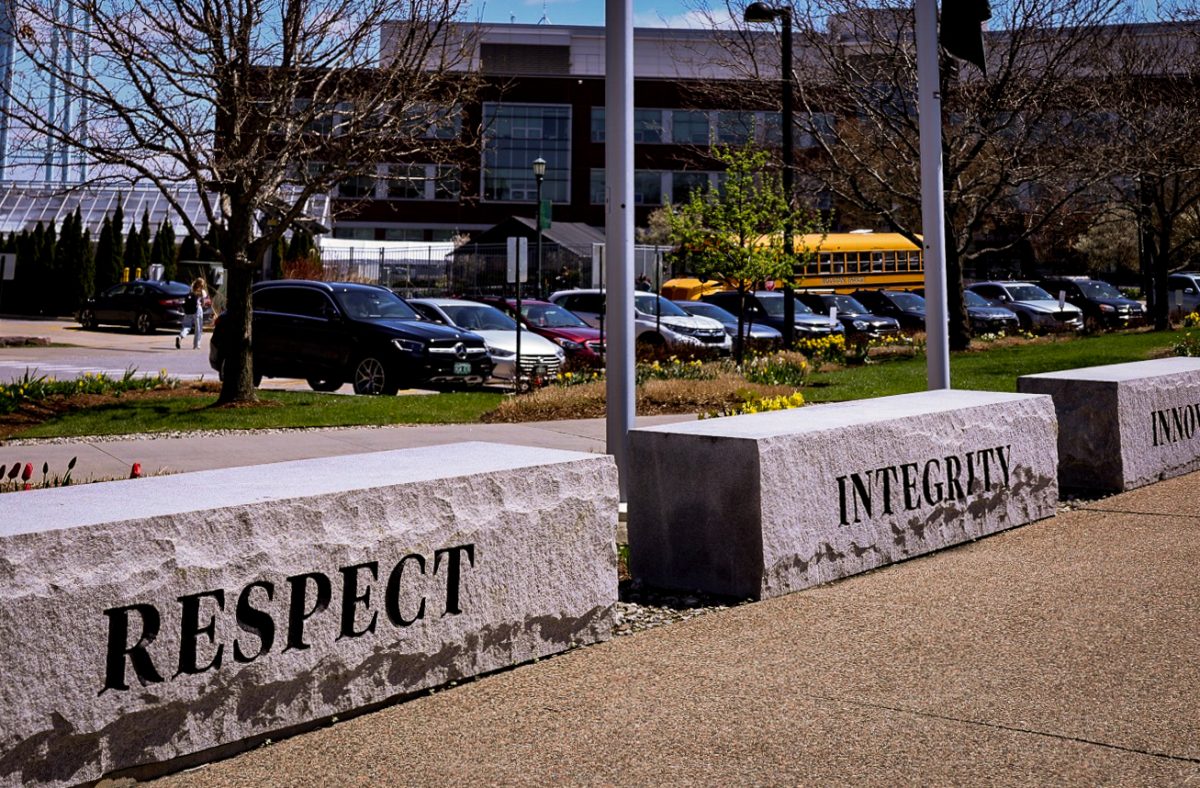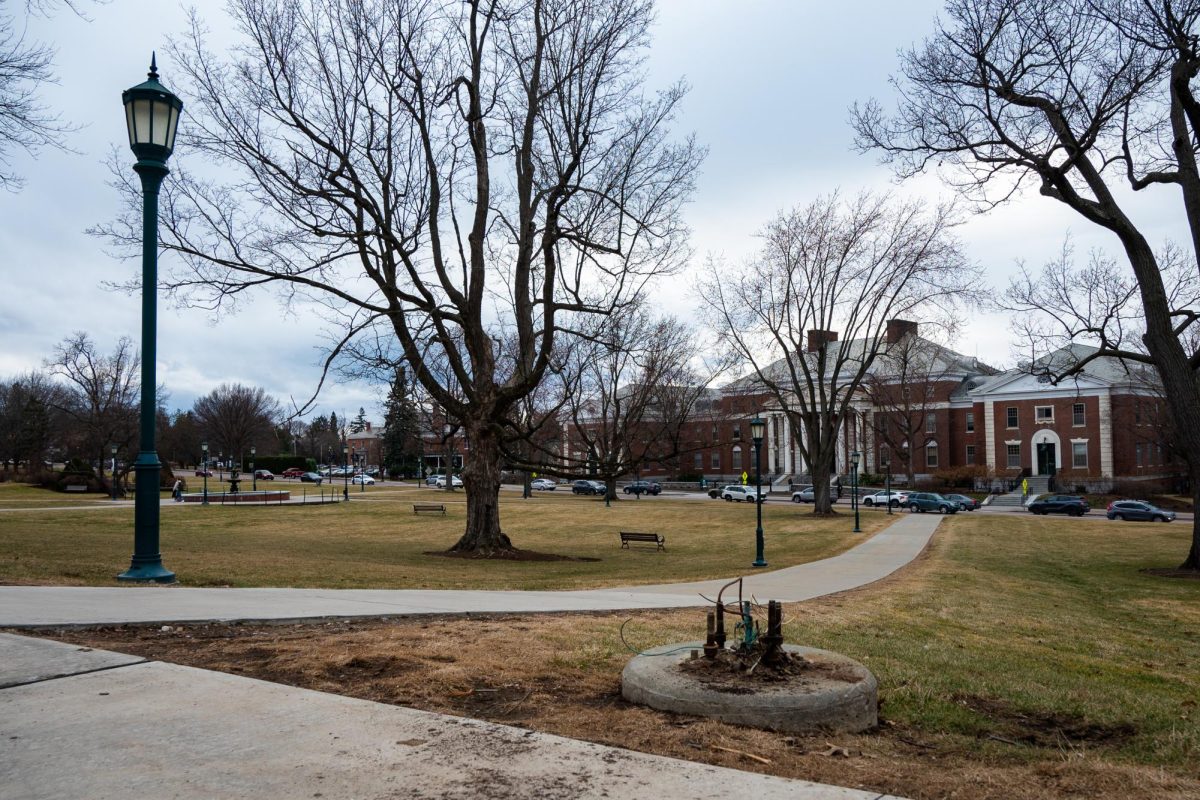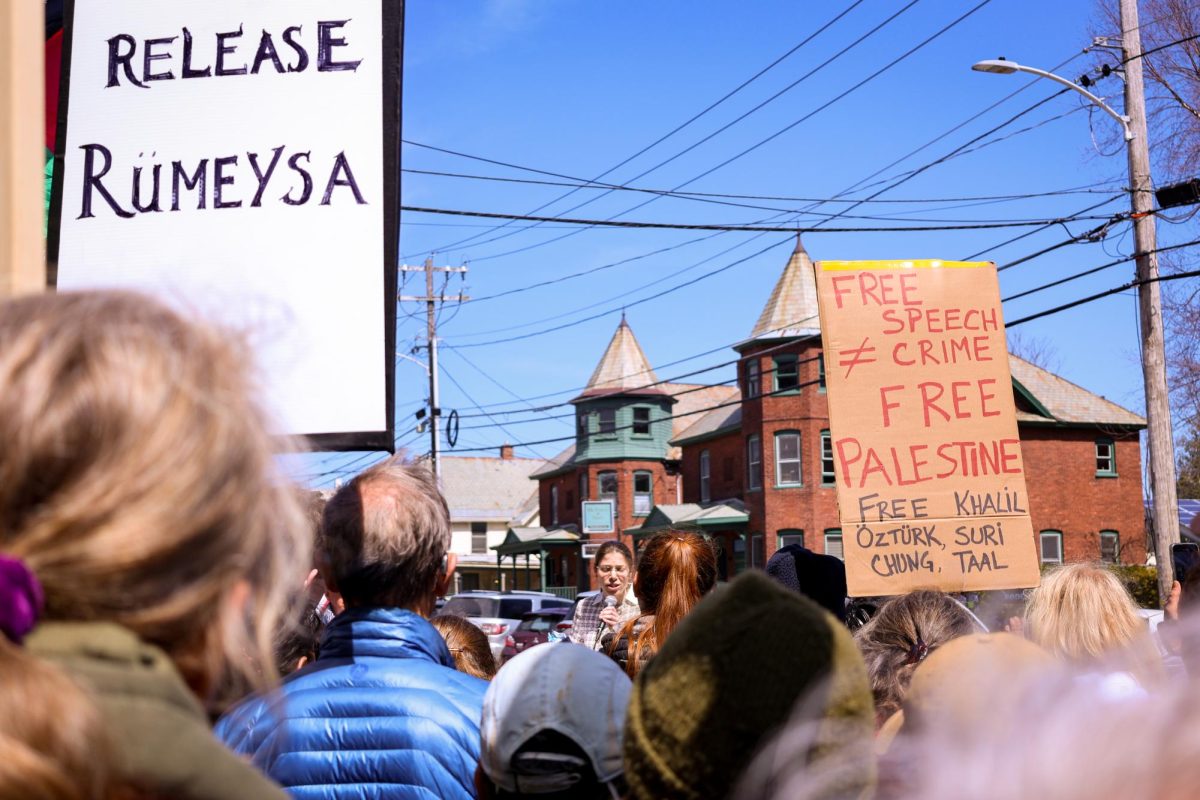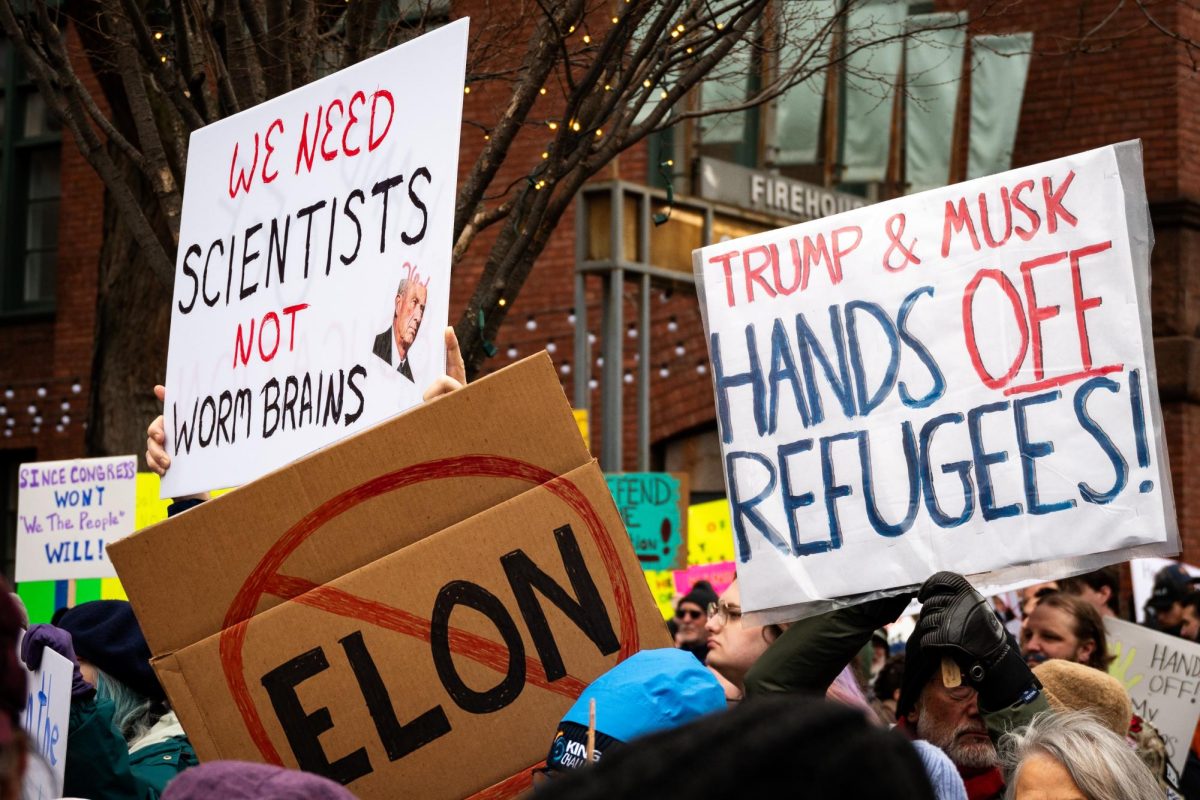When it comes to “taking it to the man,” University of Vermont students are a lot better at talking to the man than taking it to him. The number and size of the student groups focusing on a variety of social justice issues is a good way of judging the degree of student activism on campus. But despite the plethora of groups that have sprouted over the years to make the University a more socially just, environmentally friendly and politically salient school, actual success stories are hard to come by. Historically, there are a ton of examples of students coming together to take over the President’s office, protest naked or erect Tent City on the green. These groups succeeded in increasing diversity, creating University support for ALANA students and divesting University funds from Darfur. But since then, the number of successful policy changes directly resulting from student activism has decreased despite the growing numbers of students dedicating their time to their causes. Why?There’s no question that the overlapping interests between various student groups – Students against War, Students for Peace and Global Justice, SLAP – is a source of strength in numbers. But I wonder if this strength is actually a weakness when it comes to turning prose into progress. The consolidation and partnership between the aforementioned groups is nothing to scoff at: after all, the ‘united we stand, divided we fall’ sentiment has serious positives. However, it also obscures the specific goals of each group and undermines their ability to present clear and coherent arguments to the administration.There’s one major exception to the trend. The Forest Crimes Unit, also known as Kleercut, adopted a single issue – severing financial ties with Kimberly-Clark in protest of the company’s practice of clear-cutting ancient forests to produce the paper products they supplied to the University – and won. After a year-long battle, the University severed its contract with Kimberly-Clark. Has Kleercut, in their resolve to maintain independence and solidarity, created a more effective plan for attacking bad University policy? Is the Kleercut model, one that other social justice-oriented student groups should follow? To both questions, I would argue yes. By focusing on one goal, Kleercut managed to preserve the clarity of their arguments. By pursuing their goal until the end – they’re now working to persuade the University to ‘put its money where its mouth is’ and divest from Kimberly-Clark – they’ve sidestepped the pitfalls of taking on too many issues. It’ll be up to them to decide what single issue to take on next, but I’m betting if they follow the model they employed during the Kimberly-Clark fight, they’ll succeed at whatever they choose. After all, it’s really hard to scream “pay-liveable-wages-divest-from-war-profiteers-promote-recycling-make-our-eggs-cage-free” in one breath.
Categories:
New environmentalism?
October 6, 2008
0
More to Discover







